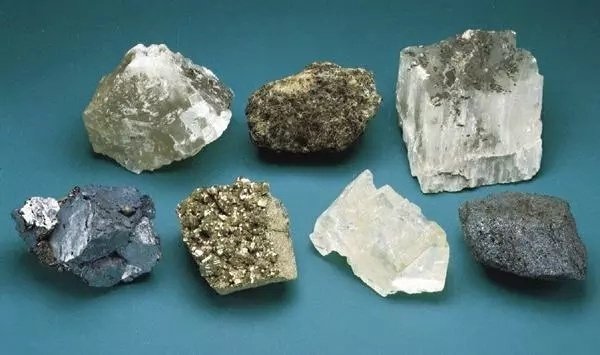Back to: BASIC SCIENCE JSS3
Welcome to class!
In today’s class, we will be talking about resources from non-living things: solid minerals. Enjoy the class!
Resources from Non-Living Things: Solid Minerals

Resources from non-living things (abiotic resources) are benefits we derive from using certain non-living things. They do not have life in them and mostly occur naturally, e.g. valleys, mountains, mineral resources, etc.
Natural resources
Natural resources are free gifts of nature that exist in our natural and physical environment. Examples of natural resources include; mountains, valley rivers, oceans, etc.
Mineral resources
Mineral resources are materials mostly used for economic values. They are mostly available/deposited under the ground and its deposition varies in different regions.
Nigeria is blessed with many mineral resources, but they are not evenly distributed. These resources play a major role in the economic sector Examples of mineral resources in Nigeria include crude oil, limestone, bitumen coal, gold, tin ore, etc.
Solid minerals
Solid minerals are naturally occurring substances that is solid, explored for economic gains and have both physical and chemical properties. Examples of solid minerals include:
- Gold
- Tin ore
- Iron ore
- Lead
- Limestone
- Columbite
- Coal,
- Marble, etc.
- Gold: In Nigeria, golds are exploited on a small scale. They are found in Osun State (llesha, Itagunmodi, Iperindo), Oyo State, Sokoto State, Kebbi State, Kwara State, Ebonyi State, etc. Golds are used to make pieces of jewellery, decorative items, dental filling, etc.
- Limestone: A limestone is a form of sedimentary rock that is used in the production of cement. Limestone is found mostly in Ogun State (Ewekoro and Shagamu), Cross River State (Calabar), Anambra State (Nkalagu), Edo State (Ukpilla), Sokoto State.
- Tin ore: Tin ore is a chemical element with the symbol. In Nigeria, tin ore deposit was found in Jos, Plateau. In the early 1900s, Nigeria was the second tin producing country in the world. Tin ores are used in making metals and tin containers
- Columbite: Columbite is a highly important solid mineral that is mostly found in the Northern part of Nigeria, e.g. Plateau, Kano, Bauchi, Kogi, etc.
- Iron ore: Iron ores are rich in iron oxides. They are found in abundance in Ajaokuta where Ajaokuta steel company is located in Kogi State. Iron ore is used to produce iron, which is the most used metal.
- Coal: Nigerian coal is the best in the world due to its low ash and Sulphur content. Coal was first discovered in 1909, around Udi hills near Enugu State (coal city). Coals are used as solid fossil fuels to power locomotive engines and used to generate thermal electricity.
- Lead ore: Lead ore is found in Northern Nigeria, e.g. Bauchi, Benue, Nasarawa, etc. and Southern Nigeria, e.g. Cross River, Ebonyi Imo, etc. Leads are used in car batteries, roofing sheets, protective coatings, etc.
- Marble: Marbles are majorly found in Abuja, Katsina, Kwara, Oyo, Plateau, Rivers and Kogi States. Marbles are used mainly in construction works.
In our next class, we will be talking about Resources from Non-Living Things II: Location In Nigeria And Their Importance. We hope you enjoyed the class.
Should you have any further question, feel free to ask in the comment section below and trust us to respond as soon as possible.

Thanks for the course
These is good